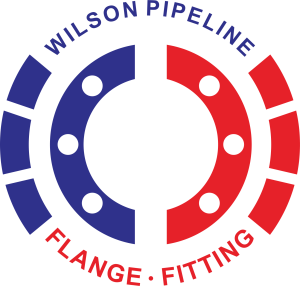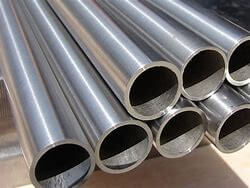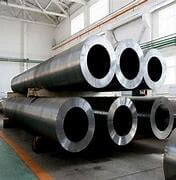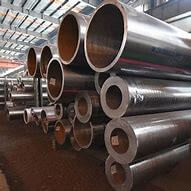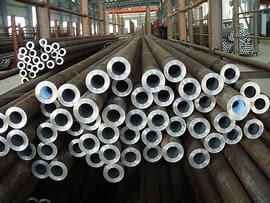A 304 flange is a type of flange made from 304 stainless steel, which is a commonly used austenitic stainless steel alloy. Flanges are used to connect different sections of piping or equipment together, and are often used in applications where high pressure or high temperature fluids are present.
304 stainless steel is a popular material for flanges due to its excellent corrosion resistance, high strength, and good weldability. It is often used in applications where the flange will be exposed to harsh chemicals, such as in the chemical processing industry, or where the flange will be exposed to high temperatures, such as in power generation plants.
There are different types of 304 flanges available, including slip-on flanges, weld neck flanges, socket weld flanges, and threaded flanges, each with its own specific design and application. The selection of the appropriate type of flange depends on the specific requirements of the application, such as the pressure rating, temperature, and fluid type.
Overall, 304 stainless steel flanges are a popular choice for many different applications due to their excellent corrosion resistance, high strength, and versatility, and they are widely available from various manufacturers and suppliers. It is important to ensure that the flange meets the necessary standards and specifications for the intended use, and that it is installed correctly to ensure a safe and reliable connection.
Here are some potential advantages and disadvantages of each type of 304 stainless steel flange:
1. Slip-on flanges
Advantages:
– Easy to install and remove
– Lower cost compared to other types of flanges
Disadvantages:
– Not suitable for high-pressure or high-temperature applications
– Requires a smooth pipe surface to ensure a proper seal
2. Weld neck flanges
Advantages:
– Provides a strong and reliable seal
– Suitable for high-pressure and high-temperature applications
Disadvantages:
– More difficult to install than slip-on flanges
– More expensive than slip-on flanges
3. Socket weld flanges
Advantages:
– Suitable for high-pressure applications
– Compact design for tight spaces
Disadvantages:
– Not suitable for applications with high cyclic loading
– Requires a smooth pipe surface to ensure a proper seal
4. Threaded flanges
Advantages:
– Suitable for low-pressure applications
– Easy to install and remove
Disadvantages:
– Not suitable for high-pressure or high-temperature applications
– Requires a threaded pipe or fitting
5. Blind flanges
Advantages:
– Provides a secure seal to close off the end of a pipe or fitting
– Can be used temporarily or permanently
Disadvantages:
– Not suitable for connecting pipes or fittings
– Requires a smooth pipe surface to ensure a proper seal
Overall, the selection of the appropriate type of 304 stainless steel flange depends on the specific requirements of the application, such as the pressure rating, temperature, and fluid type. It is important to ensure that the flange meets the necessary standards and specifications for the intended use, and that it is installed correctly to ensure a safe and reliable connection.
